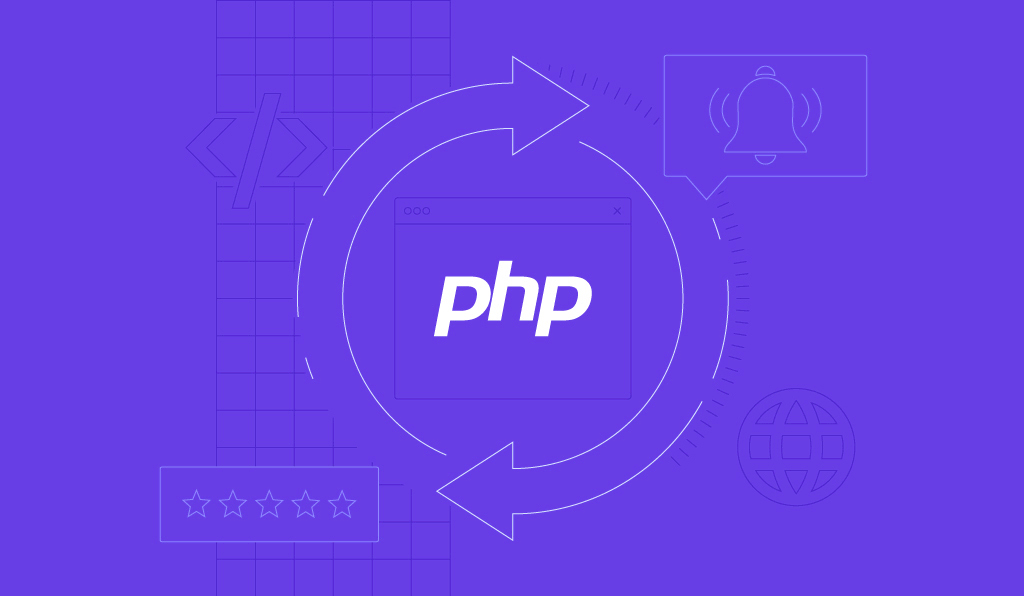How to Install phpBB on Your Website to Start an Online Forum
Creating a forum can be a great start if you wish to host a website and establish an online community out of the gate. Fortunately, there are many great forum scripts available that can help with that goal.
This tutorial will show you three ways to install phpBB and cover its ins and outs.

What Is phpBB?
phpBB is one of the most popular open source forum software for creating a reliable and fast online forum-based website. It offers a convenient flat forum structure and advanced control system. With its user-friendly interface, PHP Bulletin Board allows an easy way for anyone to create their own online forum. On top of that, it’s available in over 50 languages.
Here is a list of the top phpBB features:
- Responsive design. Supports the latest version of HTML5 and CSS3, thus providing users with a responsive and cross-browser-compatible design.
- Search engine crawler handling. Comes with configuration options and access control for over 100 crawlers for board optimization.
- Unread message tracking. Notifies users whether or not they have seen the newly published posts and topics.
- Private message system. Allows users to send direct messages to each other.
- COPPA registration. Prevents underage users from registering to the forum or reading sensitive content.
- OAuth login. Allows to register using Google, Bit.ly, or Facebook accounts.
- Data management. Supports several popular database engines like MySQL, Oracle Database, and SQLite.
How to Install phpBB (3 Easy Methods)
One of phpBB’s biggest perks is the ease of installation. There are three ways to install phpBB – the manual method, Hostinger’s auto-installer, or the Softaculous App Installer. Feel free to check them out as shown below and choose the one that best suits your preference.
Method 1. Installing phpBB Manually
Despite taking the longest time, the manual method works on all hosting platforms. Thus, this method is ideal for users whose web hosting provider doesn’t have an auto-installer tool. Here’s how to install phpBB manually:
- Create a MySQL Database for your phpBB forum. If you use Hostinger, you can access MySQL Databases in the hPanel. If you’re using cPanel, check out our cPanel tutorial for help.
- Download the latest version of phpBB. Afterward, access the hosting account via FTP or File Manager and upload the phpBB installation file to the public_html directory. Remember to unzip the file before moving on to the next step. For convenience, you can rename the folder to phpBB.
Important! Remember to unzip the installation file in the same directory where you want to place the forum.
- Run the phpBB installation file via your web browser by entering its directory path – domain.tld/phpBB/phpBB3/install/app.php. Then, click on the Install tab.
- In the first section, click Next to confirm you already have a database dedicated to the forum. After that, create an administrator account by entering your login details. Once you’re done, click Submit.
- In the next section, enter your MySQL database details. See the following explanation to know what information is required. Once that’s done, hit Submit.
- Database type – your choice may vary depending on your hosting provider. If you use Hostinger, choose the MySQL with MySQLi Extension option. Other available options are MySQL and SQLite 3.
- Database server hostname or DSN – in most cases, you can use localhost to fill this field.
- Database server port – you can leave this field blank unless your hosting provider uses a custom port. The default MySQL port is 3306.
- Database username and password – these fields require your MySQL database administrator login details.
- Database name – this field requires the name of your MySQL database.
- Prefix for tables in database – the default table prefix is phpBB_. We advise you to change it to improve protection against MySQL injections. In this tutorial, we’ll be using phpBBfrm_ as the table prefix.
- Next, you’ll have to configure your server. See the following explanations to know what information is required. Once done, click Submit.
- Cookie secure – this field allows you to secure visitor data. However, it requires an SSL certificate. If your website doesn’t use an SSL certificate, choose No.
- Force server URL settings – you can forcefully convert the forum’s HTTP URL to HTTPS. If you plan to use HTTPS for your phpBB forum, choose Yes. Otherwise, leave it as No. Keep in mind that you can install an SSL certificate and force the phpBB forum to use HTTPS at a later time.
- Server protocol – leave this field as-is unless you wish to enforce these settings.
- Domain name – this field lets you specify the domain name for your phpBB forum.
- Server port – the default setting for the server port is 80. Change this if your hosting provider uses a custom port.
- Script path – this field specifies the location of your phpBB forum. If you want to locate it directly under your domain name, enter the slash (/) symbol. If you wish to have it in another directory, enter a slash symbol followed by the directory name.
- You will have to specify the forum’s email settings in the Email Configuration section. Below is all the information you need to provide in this step. After entering all of the required data, click Submit.
- Enable board-wide emails – this field allows you to enable or disable email sending via phpBB. The installation recommends disabling this option if your website doesn’t have an SSL certificate installed.
- Use SMTP server for email – you can configure the SMTP protocol for your phpBB forum. If you choose Yes, you will need to fill in your SMTP Details. In Hostinger, you can find this information in the Emails → Email Accounts section.
- In the last step, you will need to configure your bulletin board. The Default language field lets you choose your phpBB forum language. While the installation sets British English as its default language, you can select any other language from the available phpBB language packs. Then, add your forum’s preferred title and short description in the last two fields. Once you’re done, click Submit.
After a successful installation, the following confirmation message will appear on your screen:

Remove the install directory from your phpBB forum’s root directory. Otherwise, you won’t be able to access the phpBB admin area.phpBB is now installed. You can launch it by entering its URL into a web browser – domain.tld/phpBB/phpBB3.
Method 2. Installing with Hostinger’s Auto Installer
If you use Hostinger’s web hosting services, the best way to install phpBB is by using the Auto Installer tool. This method takes less time than manual installation and doesn’t require any technical knowledge.
Here’s how to install phpBB using the Hostinger Auto Installer tool:
- From the hPanel, navigate to the Website → Auto Installer.
- Use the search tool to find the phpBB installer and click on the icon.
- In the Install phpBB popup form, you will have to provide the required information. Once you’re done, click Install. Wait a minute until the installer does its work, and phpBB will be ready to use.

Method 3. Installing with Softaculous Apps
If you use cPanel hosting, you can install the phpBB forum script via the Softaculous Apps Installer. Similar to Hostinger’s Auto Installer, Softaculous simplifies the installation process.
Here’s how to install phpBB using Softaculous Apps Installer:
- From the cPanel dashboard, navigate to the Software → Softaculous Apps Installer section.
- In the Softaculous search field, type in phpBB and select it. Once the phpBB page appears, click on the Install Now button.
- On the installation page, there are several sections that you need to fill in. Once you’re done, click Install.
- The following confirmation message will appear on your screen after successful installation:

Reasons to Create an Online Forum
Despite the constantly rising popularity of social media platforms, many users still prefer using online forums as their method of community building. Reddit proves this claim as the platform ranks 18th for global traffic and 14th for traffic in the United States. Popularity aside, there are many advantages to having an online forum:
- Encourage discussion and feedback – users can use the available space to exchange ideas and give insights into the quality of your content for further improvement.
- Support audience research – forum owners can observe visitor preferences and browsing habits in a closed environment.
- Build a community – having an excellent communication platform and sharing similar interests with others will give users a sense of belonging.
Conclusion
With its beginner-friendly interface and reliable support, phpBB is an excellent choice for anyone wanting to create an online community. In this tutorial, we’ve covered three ways to install phpBB – installing phpBB manually, using Hostinger’s Auto Installer, and cPanel’s Softaculous Apps Installer.
We have also listed a few reasons you shouldn’t hesitate to use an online forum platform. We hope that you found this tutorial helpful.
If you have any further questions or suggestions, leave them in the comments section below. Good luck!




